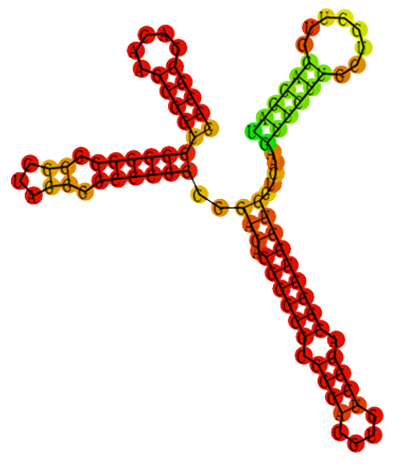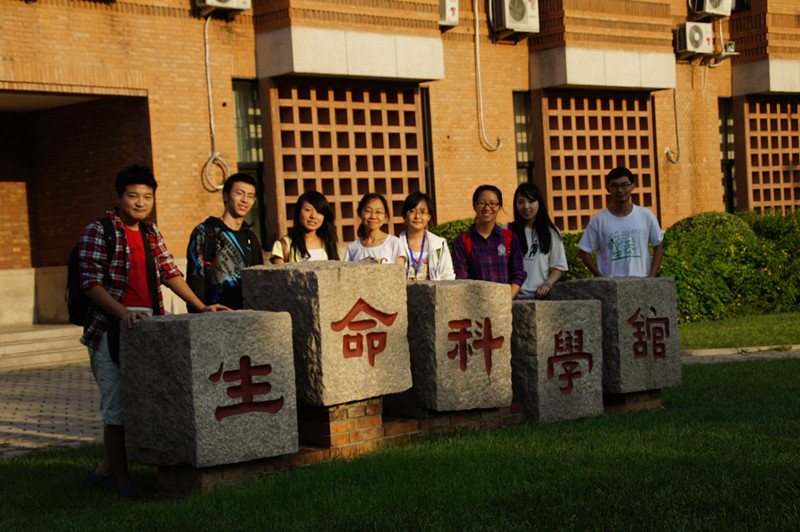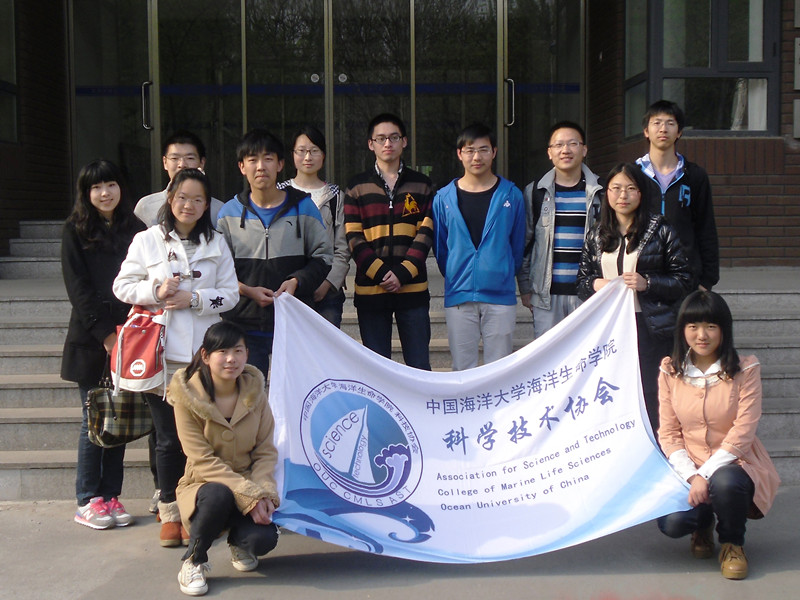Team:Tianjin/Human Practice/Collaboration
From 2013.igem.org
(→characterizing a part) |
|||
| Line 297: | Line 297: | ||
<center><span style="font-family:Arial;font-size:46px;color:#000;"> Collaboration</span></center> | <center><span style="font-family:Arial;font-size:46px;color:#000;"> Collaboration</span></center> | ||
| + | |||
| + | <a name="anchor-hp-13" id="anchor-hp-13"></a> | ||
| + | <br/> | ||
| + | </html> | ||
| + | |||
| + | =BIT-China= | ||
| + | |||
| + | <html> | ||
| + | <hr /><br /> | ||
| + | |||
| + | <p>Our team helped BIT-China by characterizing the part, BIT submitted the standard part to the registry.</p> | ||
| + | </html> | ||
| + | |||
| + | ==characterizing a part== | ||
| + | |||
| + | <html> | ||
| + | <br/> | ||
| + | <p>We have helped the team BIT-China to verify the function of the RNA thermometer in BBa_K1117009. RFP is linked to this part and we observed its expression by fluorescent microscope. The result shows that SD sequence region is occluded at 30 °C, partial melting occurs at 37 °C, whereas an increase to 42 °C facilitates the mRNA–ribosome interaction owing to full liberation of the SD and AUG start codon. Our result could be seen in following pictures:</p> | ||
| + | |||
| + | <br/> | ||
| + | <div style="text-align:center;vertical-align:middle;"><a href="https://static.igem.org/mediawiki/2013/5/5c/Tju-hp-BIT.png" target="_blank" ><img src="https://static.igem.org/mediawiki/2013/5/5c/Tju-hp-BIT.png" width="700px" /></a></div> | ||
| + | <br/> | ||
| + | |||
| + | |||
| + | <p>Website link: <a href="https://2013.igem.org/Team:BIT-China/project.html">https://2013.igem.org/Team:BIT-China/project.html</a></p> | ||
| + | <p>Partsregistry link: <a href="http://parts.igem.org/Part:BBa_K1117009">http://parts.igem.org/Part:BBa_K1117009</a></p> | ||
| + | <br/> | ||
| + | <p>Here is the structure of ROSE RNA thermometer.</p> | ||
| + | <br/> | ||
| + | <div style="text-align:center;vertical-align:middle;"><a href="https://static.igem.org/mediawiki/2013/1/16/Tju-hp-BIT2.png" target="_blank" ><img src="https://static.igem.org/mediawiki/2013/1/16/Tju-hp-BIT2.png" width="350px" /></a></div> | ||
| + | <br/> | ||
| + | |||
<a name="anchor-hp-10" id="anchor-hp-10"></a> | <a name="anchor-hp-10" id="anchor-hp-10"></a> | ||
| Line 352: | Line 384: | ||
<p>Ocean University of China and Tianjin University established a profound friendship last year. This year, IGEM team of OUC-China came twice to Tianjin University. In early May, the beginning of experiment preparation, igem-OUC with our team members exchange views on topic identification, team construction and previous experience. On August, when the two teams' experiment in full development, we conducted a second exchange. this communication is mainly for the specific molecular biology experiments. "We are very grateful to Tianjin University for warm hospitality and detailed explanations" the captain of IGEM-OUC says.</p> | <p>Ocean University of China and Tianjin University established a profound friendship last year. This year, IGEM team of OUC-China came twice to Tianjin University. In early May, the beginning of experiment preparation, igem-OUC with our team members exchange views on topic identification, team construction and previous experience. On August, when the two teams' experiment in full development, we conducted a second exchange. this communication is mainly for the specific molecular biology experiments. "We are very grateful to Tianjin University for warm hospitality and detailed explanations" the captain of IGEM-OUC says.</p> | ||
| - | |||
| - | |||
| - | |||
| - | |||
| - | |||
| - | |||
| - | |||
| - | |||
| - | |||
| - | |||
| - | |||
| - | |||
| - | |||
| - | |||
| - | |||
| - | |||
| - | |||
| - | |||
| - | |||
| - | |||
| - | |||
| - | |||
| - | |||
| - | |||
| - | |||
| - | |||
| - | |||
| - | |||
| - | |||
| - | |||
Revision as of 15:44, 27 September 2013
 "
"






